All hail the sandbox game, where players are able to roam and change a virtual world at will. In contrast to a progression style game, a sandbox game emphasises roaming and allows players to select tasks.
These games include structured elements — such as mini-games, tasks, submissions and storylines — that may be ignored by gamers. In fact, the sandbox game’s nonlinear nature creates storyline challenges for the game designers and part of this is dependent whether they choose 2D or 3D.
Other than the obvious difference, there are a few differences between 2D and 3D gaming styles. Let’s have a look at what they are.
Controls
Often 2D games have far more basic controls than 3D games and therefore means that a large tutorial is often not required. With a 2D, the fantastic ‘pick up and play’ ability and simple controls mean players can easily explore the in-game world.
We’d prefer the 2D instruction booklet, rather than the 3D tutorial and we’re stuck in an hour long tutorial that must be played and are not fun. No one wants to sit through an hour’s lesson before the game has actually started.
In 2D games, players can move characters left, right, up and down, with the overall intention of progressing through the game by moving right. A 3D game with its 360 degree camera gives a much greater degree of movement.
2D games just feel fairer to play than a 3D game, simply because the environment is fairer and more predictable than a 3D game. However, in 3D sandbox games, there is simply better value for money, as the games last longer. It is better to spend time admiring the open world created. Players can experience more levels, overall more space (due to the 3D nature), and things to collect. A great example of this is Minecraft as it offers many different styles of game play that is best suited to the individual player.
Directions
As previously mentioned, 2D sandbox games have 4 basic directions — up, down, left or right, — whereas 3D games have a full 360 degree view. Generally, in 2D games you must go either left or right to progress — with some diagonal down/upwards splashed in for fun. Simply, 2D games, such as Terraria, only go so far down or up until they stop, whereas 3D games have more depth. No better places emphase this than bottomless pits. They are just more difficult to see in 2D, as in a 3D sandbox game, players can look down to see if it’s a jump into a secret death pit or not.

However, cameras in 3D can also cause problems, especially if they are poorly programmed and they become more of a hindrance than an aid.
3D offers players more room to create and discover. Games like Grand Theft Auto generally supply larger worlds than 2D games can, since there is height and depth involved. Immersing into the game with a larger world is much easier.
Things You See
Things can be seen behind you, above you and below you more easily in 2D. Traps and enemies can be seen all around your character, helping to plan out and strategise the next moves. This means it’s the players fault if they are hit by something, as they can also see things that are behind them. In essence, a 2D environment shows players what hazards lie around them and gives a better sense of the environment.
However, in a 2D game, only so much can be seen on screen, meaning that the background can often be obscured, which is reiterated by the very fact that the screen feels smaller.
Sometimes, in 2D game items are hidden in a cheap spot. This becomes worse when there is no checklist or world map, in comparison to the 3D games. It does lead to a specific type of frustration, where players stare at an item and think “how am I supposed to know this?” Which isn’t so bad when it’s a secret treat, but not if it’s mandatory.
People like and expect great graphics, and 3D has a much greater chance to offer it, making them more graphically appealing than 2D games. There is a much just a bigger canvas to create on.
2D games don’t look as realistic as a 3D world, but sometimes it is more fun to play in an unrealistic world. But there are some people who want to play games as if they are in real life, which means they would always prefer the 3D sandbox style. People want the believability of the real life simulated environment.
It seems that overall, there are benefits and detriments to both 2D and 3D sandbox games. There are some fantastic games out there in both 2D and 3D to suit the style of play that a player wants — neither perspective is better than the other, they are just different.

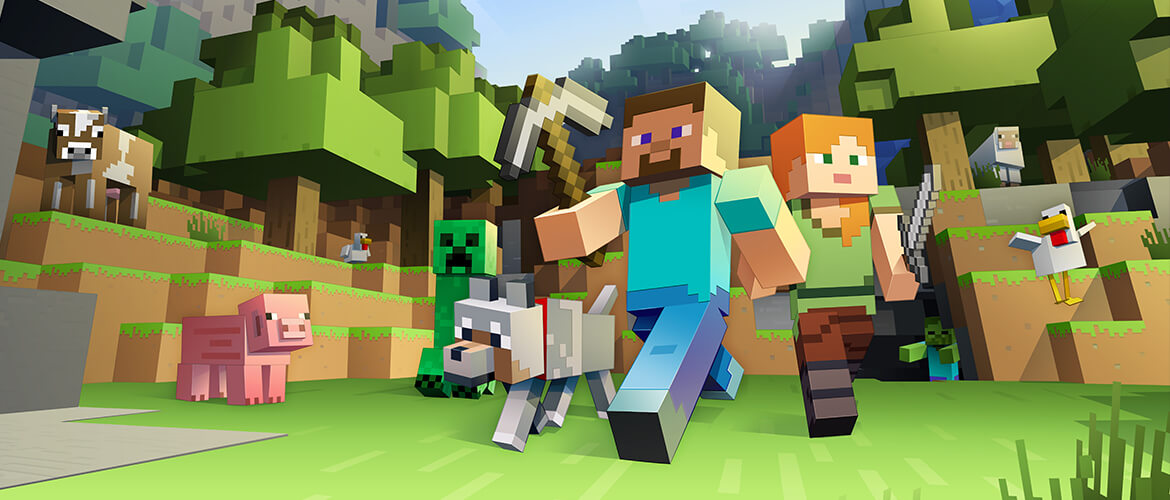
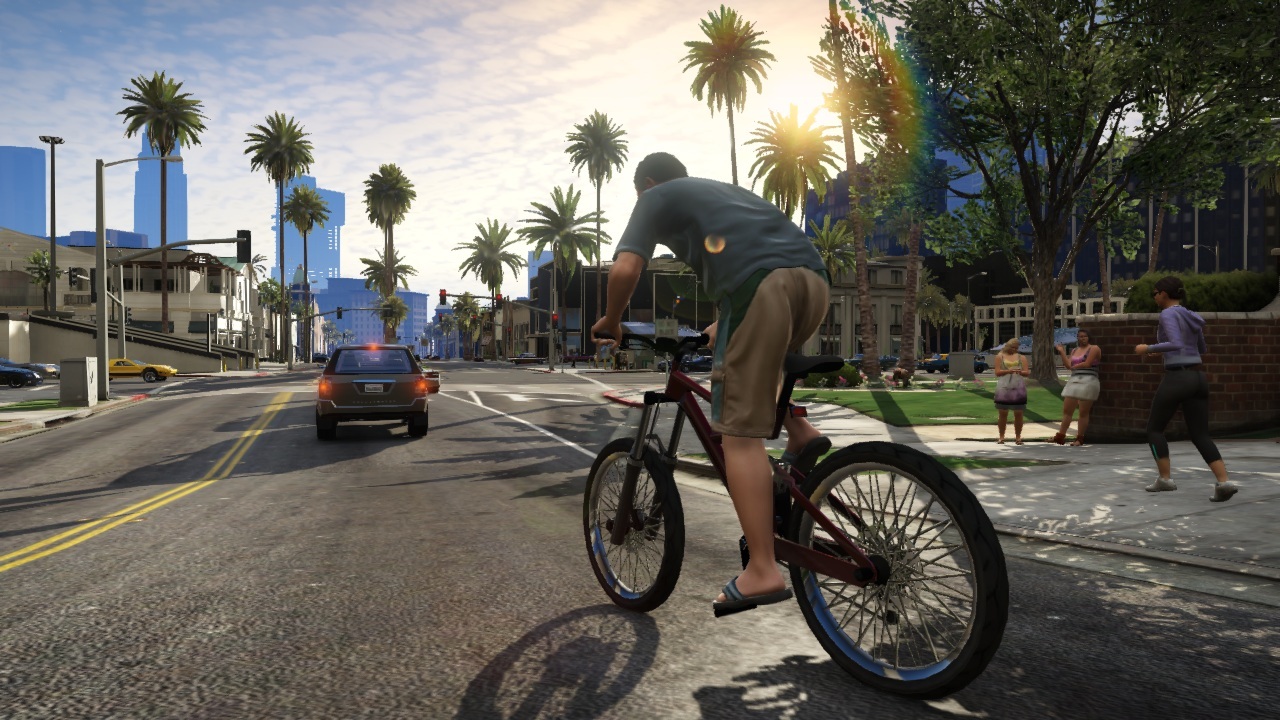
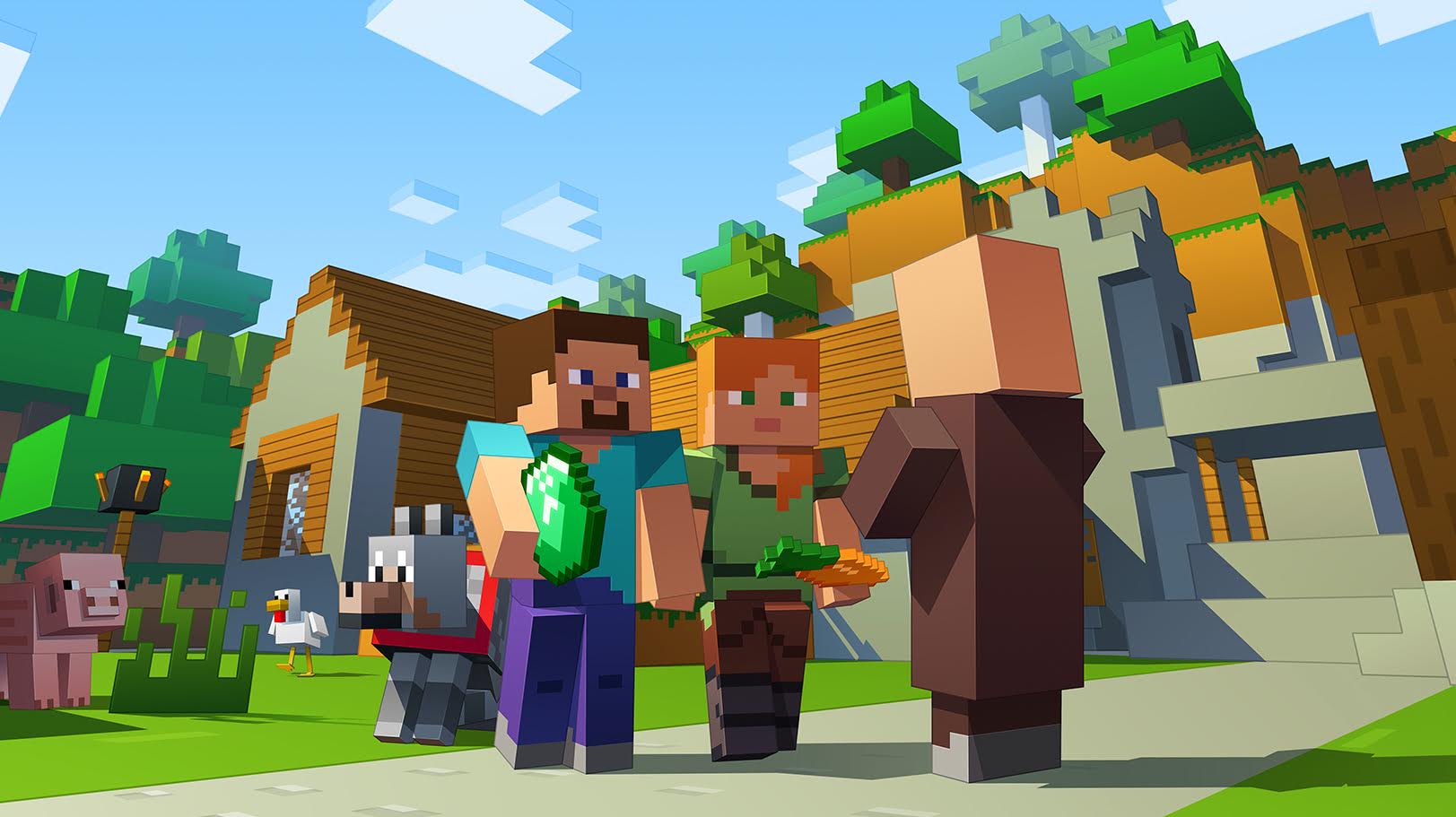
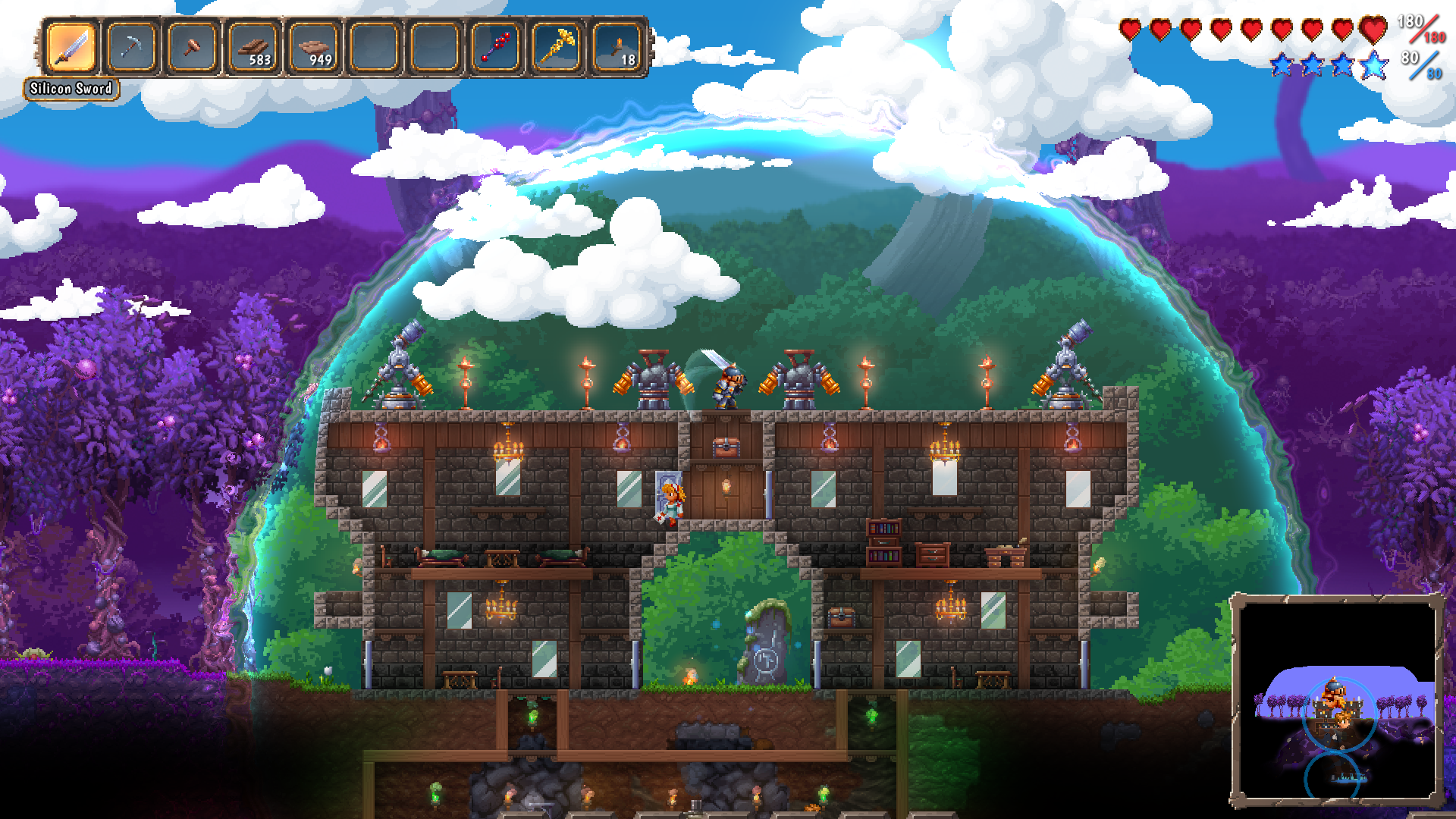

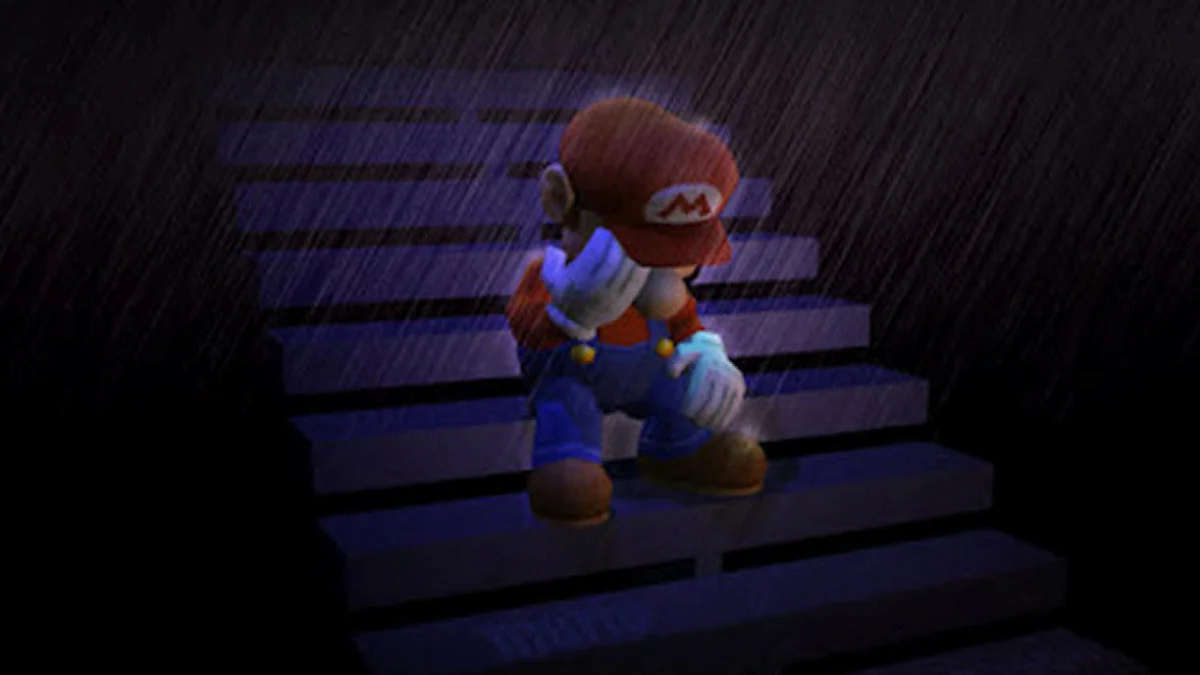
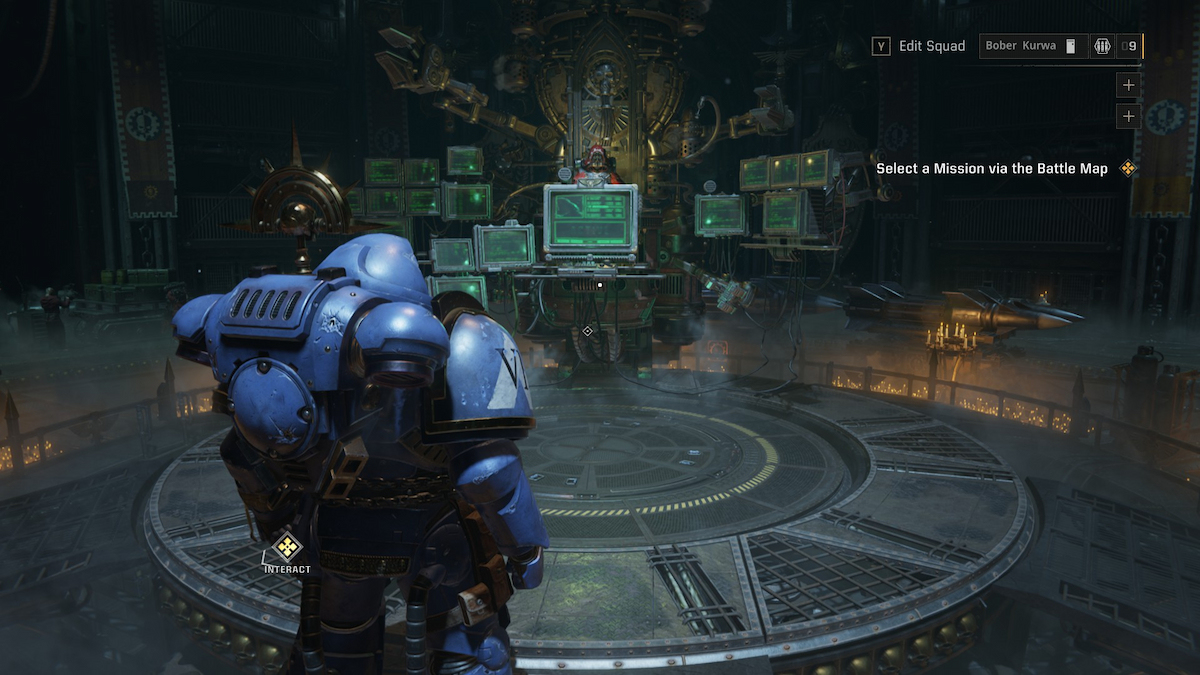
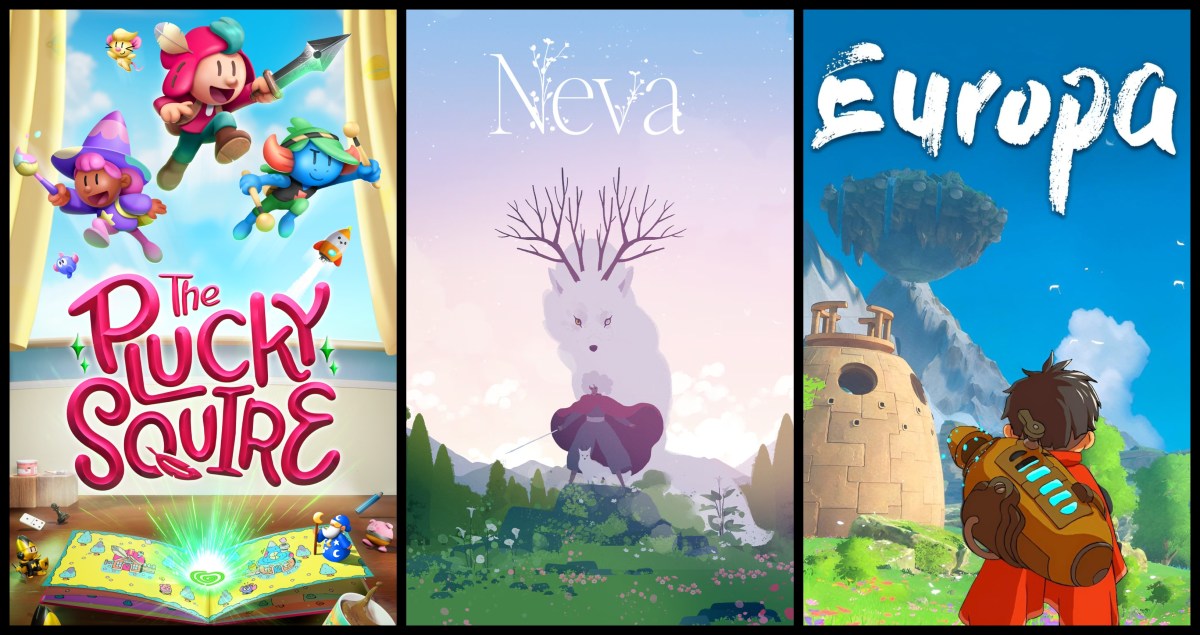

Published: Dec 21, 2016 09:30 am